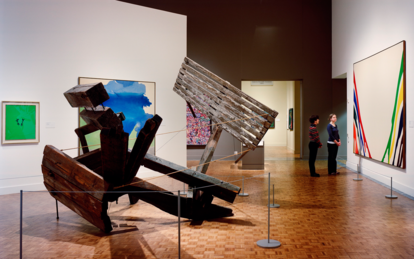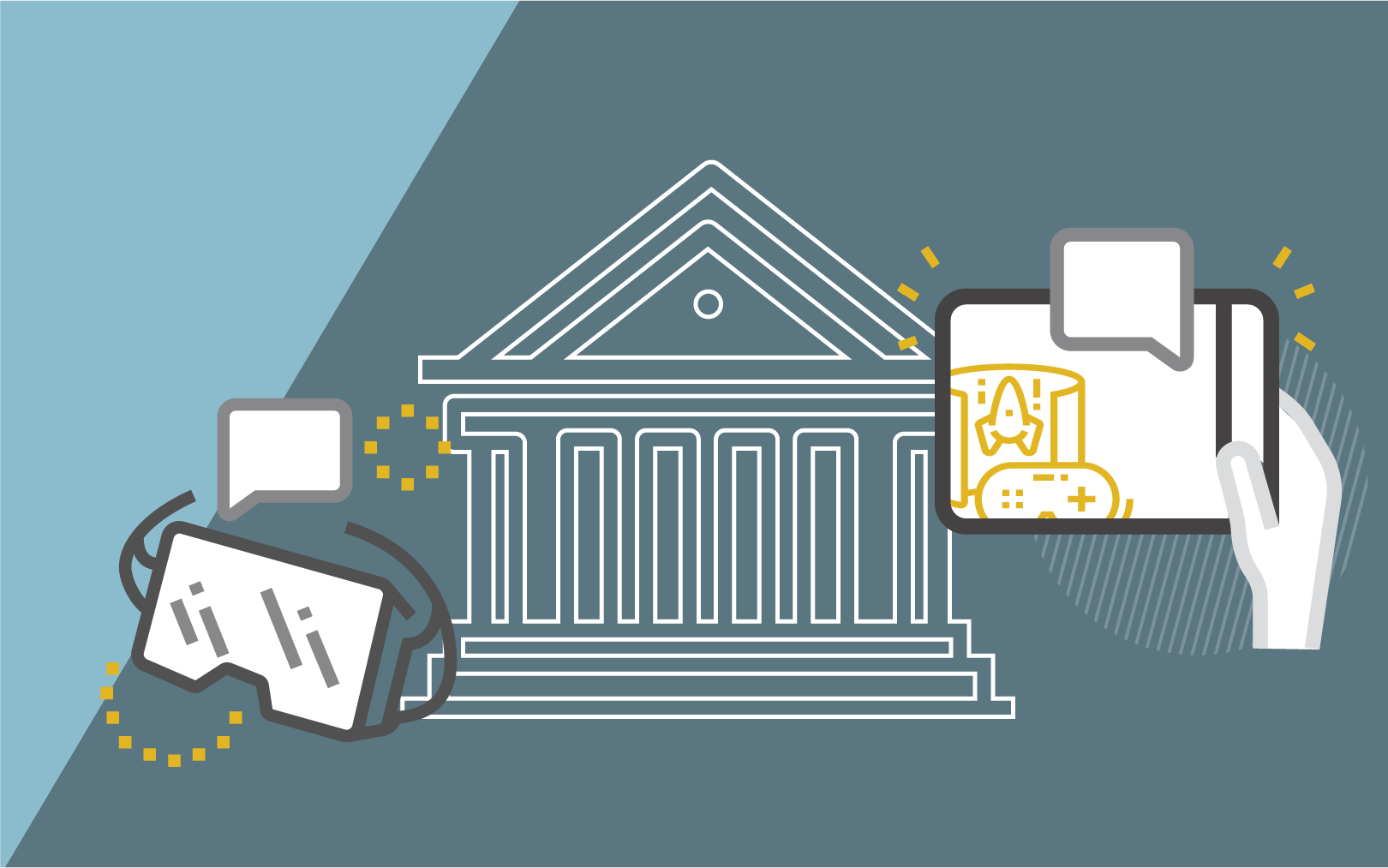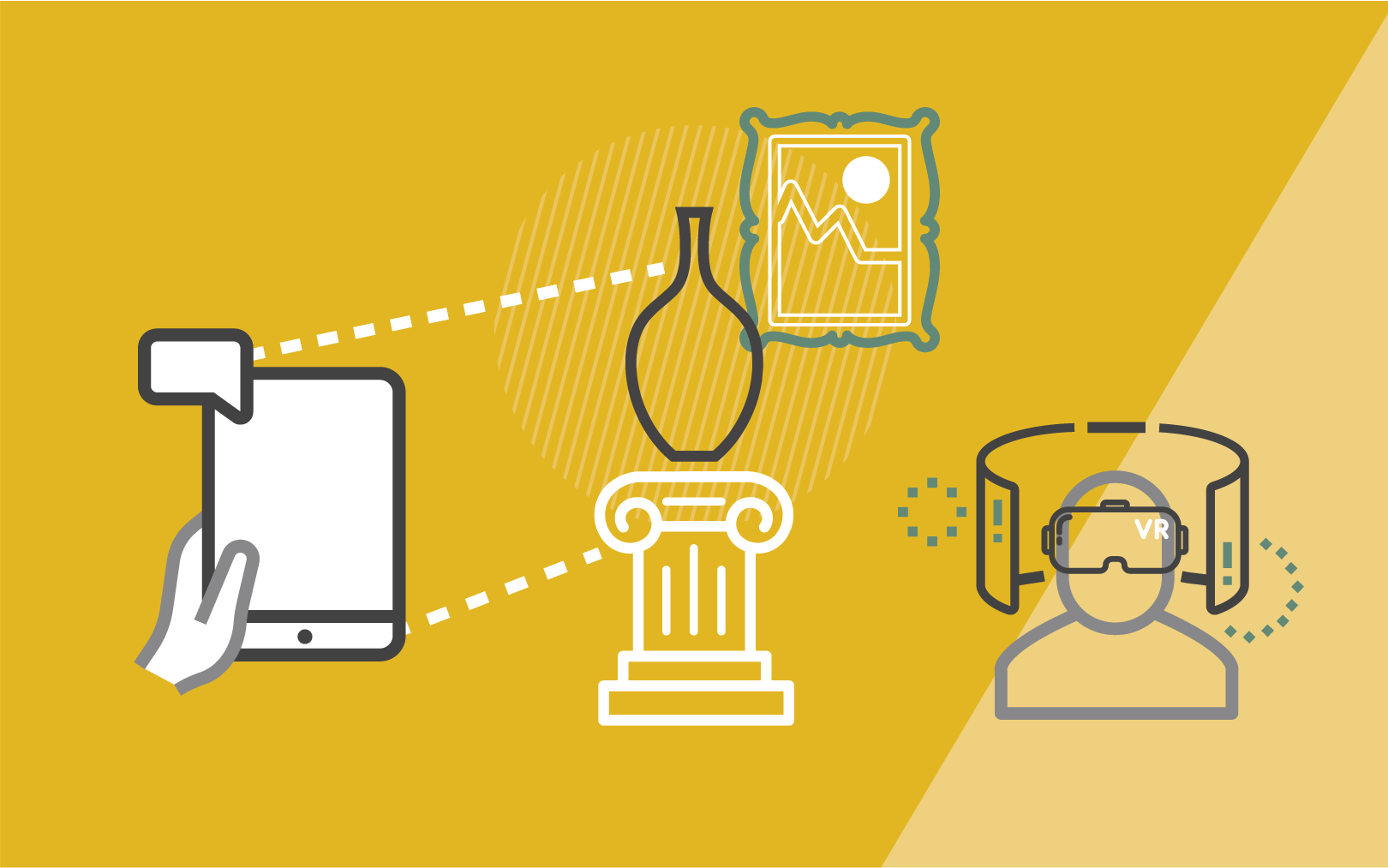How Will Museums Change After COVID-19?

Traditionally, museums have served their communities not only by providing access to culturally significant artifacts, but also by engaging in scholarly activities. But in recent decades, museums have shifted away from research and instead began serving the public through education and entertainment. This shift in visitor-focus has provided some museums with additional revenue stemming from admissions, special events, and venue rentals.
However, the recent COVID-19 pandemic has devastated these sources of revenue. Stay-at-home orders and mandatory closures have left many museums to make difficult decisions. As museums overcome the short-term financial impact of COVID-19, they will face the challenges of operating in a post-pandemic future. This new environment may herald innovative economic models and change the way we think about museum design.
The Impact of COVID-19 on Museums
As urban density and globalization increase, and international travel becomes more common, future health crises such as the current pandemic will occur with more frequency. Museums will benefit from having strategies in place to deal with such crises. Government recommendations to safeguard public health will undoubtedly include social distancing measures that will reduce the number of visitors allowed into the museum at any given time. As museums are compelled to adopt these restrictions, they may expect lower overall visitor traffic, lower visitor density, and lower operating income.
For museums that rely on visitors to generate revenue, social distancing can be a serious challenge if such measures simply reduce the number of visitors that can occupy the space at a given time. These restrictions may be financially impossible for institutions that are dependent on a minimum number of visitors to cover operating expenses. Museums will be faced with new demands of balancing a sustainable financial model with lower operating revenue, while continuing to provide outstanding visitor experiences in low-density public spaces.
Moreover, as museums have become more interactive, especially with more touch-surface interactives, museum goers are increasingly exposed to contact with one another. More than ever before, museum visitors run the risk of exposure to infectious diseases – not just COVID-19, but any number of contagions, including measles and the seasonal flu. The museum of the future will need to not only meet the demand for an engaging and interactive visitor experience, but it will also need to address growing public health concerns over mass gatherings.
The Future of Museums
Can future museums be designed to meet the challenges of safeguarding public health – not only during the next global pandemic, but against more common and frequent threats like the seasonal flu or the next measles outbreak? Such challenges include not only designing for social distancing, but also reducing opportunities for the spread of contagions. Although this is not easily achieved in many of today’s museums, the museum of the future could be designed to promote social distancing, yet not obstruct social interaction.
"Many of our current museum designs, from the National Museum of African American History and Culture to the Museum of the Bible, employ the box-within-a-box strategy," states Monteil Crawley, architect and experienced museum designer at SmithGroup. "We may see more museums employing this strategy in the future as it provides increased control of the exhibit environment. It also places a greater emphasis on circulation zones for visitors to experience the content, while also allowing for pause and reflection at a safe social distance," he continues. "This can create an even richer museum experience."
Many museums today also rely on interactives to enhance visitor engagement. However, as museum visitors are likely to be wary of person-to-person contact in a post-pandemic world, they may opt for personal interactives over shared, public elements. These could include using disposable (recycled) devices, such as Google Cardboard, or virtual tools, such as apps loaded on to personal devices that would enhance the experience around particular display objects.
Such measures could serve to reduce crowding around popular exhibits by giving visitors opportunities to view artifacts from various distances, yet make the experience equally satisfying with such technology as augmented or merged reality. Rather than fight hordes of tourists to get closer to the Mona Lisa, for example, we could simply pull out our Google Cardboard viewers and stand at a safe distance, while we virtually zoom around the famous portrait. This semi-virtual experience could be even more rewarding than simply viewing an artifact up-close.
Another means by which contagions may spread throughout a museum is the HVAC system. However, museums may already have the advantage here. "Most museums control the building to 40-60% relative humidity, which is an ideal humidity range for controlling contagion," notes Don Posson, Corporate Director of Engineering at SmithGroup. Museums may also benefit from “increased filtration in the museum’s air handling units, along with the increased ability to pressurize and control cross contamination,” he says.
Our changes in behavior may impact other museum elements as well. Public restrooms, dining and retail are all areas that currently promote the spread of contagions. Although newer restrooms already utilize hands-free fixtures, in a post-COVID museum, such elements will become ubiquitous. Crowded food courts may be replaced by smaller, dispersed food vendors. Museum diners will opt for boxed products rather than visiting crowded buffets. Large gift shops may be replaced by smaller, strategically placed kiosks.
Any measures that reduce person-to-person contact may be preferred in a post-COVID museum. This includes more generous queuing space for ticketing – or perhaps as museums move away from traditional ticketing altogether, no queuing space at all will be needed. Some museums, such as the Palace Museum in Beijing, have already begun implementing facial recognition technology in lieu of traditional ticketing.
This technology, also called Biometric Artificial Intelligence, can be integrated into a building’s security system and uses security cameras to identify individuals, granting them access to various restricted parts of the building. In a museum, facial recognition can be used instead of traditional paper tickets to identify museum visitors and open doors to specific exhibits for which they have paid admission. It can also be used to time entry to various exhibits, maintaining recommended user density within the museum while also keeping groups of visitors at safe distances from one another.
It remains to be seen whether visitors will be accepting of such technology, as concerns about privacy and civil liberties in the United States using facial recognition have already been raised.1 However, similar questions surfaced about privacy, surveillance and increased security following the terrorist attacks of September 11. Yet, these concerns were gradually supplanted by the need for stronger security. Today, it is not uncommon to see metal detectors or to be searched by a security officer before entering a museum.
In a post-pandemic museum, such crude and physically intrusive security protocols may seem antiquated and out of touch with the post-COVID mindset. As future health crises pose greater threats to public safety, and museum operators grapple with ways to stay open while keeping their visitors safe, perhaps more advanced protocols like facial recognition technology will become more acceptable.
As we emerge from the COVID-19 pandemic, we will certainly see the world in a different way. The experience will not only change our daily lives, but it will also change the way we interact in public. Undoubtedly, this experience will alter our relationship with public space itself. It will be up to public institutions to respond to this change with creative solutions to ensure safe, yet welcoming and engaging environments.
This article was written in conjunction with the Museum of Science Fiction, while planning post-pandemic design for a new museum project.
1 Charr, Manuel. What Implications Are There with Facial Recognition Technology for Museums? Museum Next. September 25, 2019

